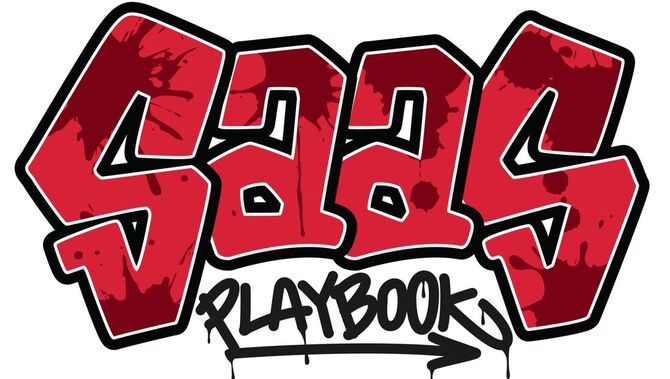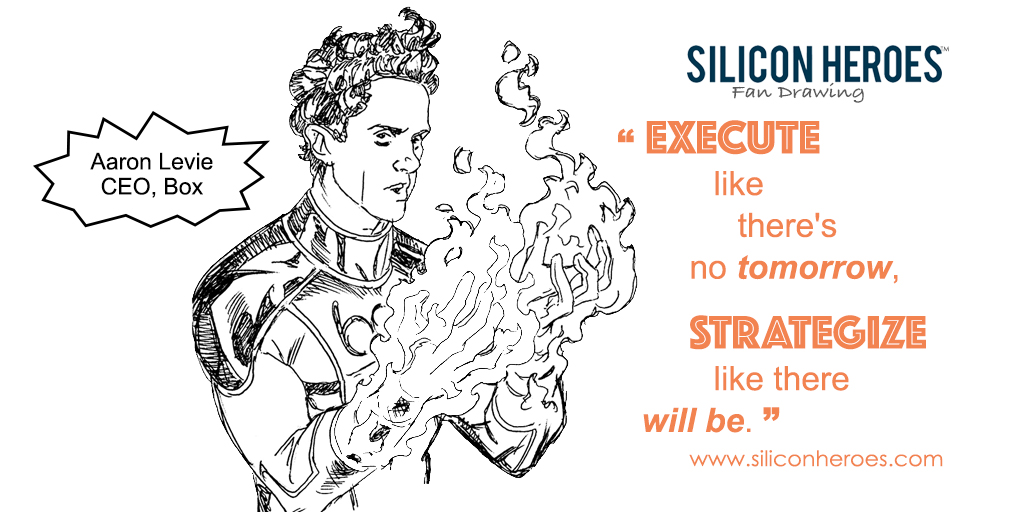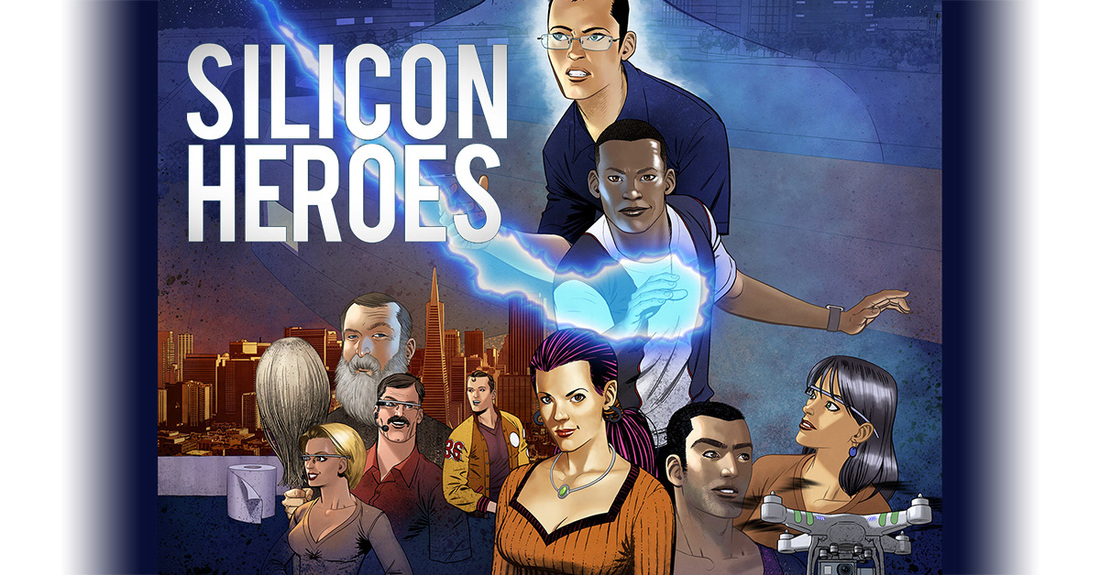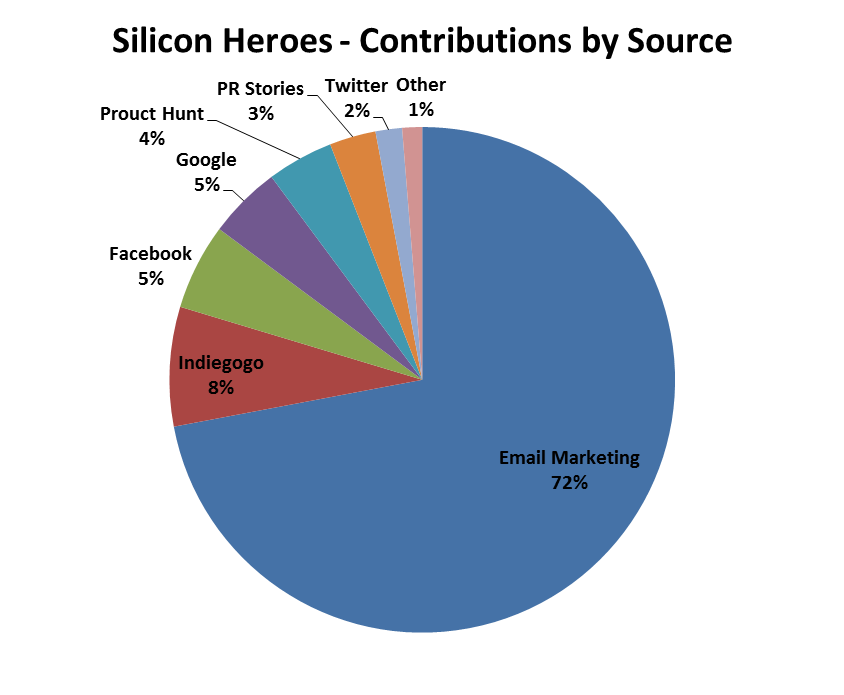|
We launched Silicon Heroes 12 days ago (http://bit.ly/siliconheroes) which means the first wave of marketing has run its course. The first wave was strong – email marketing to ~1,500 people, #1 on Product Hunt books and 3 great PR articles written about us. This first wave powered us all the way to over $40K in the first week. Of course, since this initial burst of marketing activity was done, I needed to find ways to sustain the crowdfunding contributions or else growth would flatten out (since I’ve exhausted all my friends). I tried out 3 marketing ideas this past week and here’s what I learned from them over the past few days.
#1 – Facebook Ads Wow, I’ve learned a ton about Facebook ads in the last week. First, I learned that the new Facebook pixel does not work with Indiegogo. This only took me $100 with zero conversions to figure out. Luckily that was essentially free money (it’s great to have friends at Facebook). After some back and forth with Indiegogo’s support, I figured out that the old Facebook conversion pixel will still work (though it limits what you can track). I then decided to limit Facebook ads to $20/day and I started running two types of campaigns. The first uses look alike targeting which looks at the 50 customers who have contributed to Silicon Heroes (that I did not already know) and then targets people with similar profiles. The second campaign just targets people between 18-50 who like tech (occupation or interest), comics (Marvel movies, comic books) and Girls Who Code or Code.org. My audience was about 5MM so I figured this was big enough. Here are the results: Just targeting based on demography and interests resulted in ~$13 CPM and 0 conversions. Ouch. Using the look alike audience with some targeting resulted in ~$18 CPM with 2 conversions (from 21 clicks). This ad unit basically broke even. I spoke with a couple buddies who do a lot of Facebook ads. They were both surprised by how ineffective my ad campaigns were. They had a whole bunch of suggestions – splitting up my audiences into thin slices (between 100,000 and 200,000 person audiences) and then running a lot more campaigns (testing different combinations of creative, messaging and audiences). They also looked at my stats and quickly steered me away from mobile (which does not convert well on Indiegogo). Some great suggestions and I’ll try a whole new series of tests this week. #2 – Content Marketing I wanted to create unique content related to Silicon Heroes that was easy to produce and shareable. So I went on Upwork and hired a few artists to sketch famous entrepreneurs as superheroes. I then hired another person to use inspirational quotes from these entrepreneurs and make them into little shareable pieces of content for Twitter, Facebook, Instagram and Pinterest. Each piece of content costs me ~$7 and I’ve created about 50 (though I’ve only distributed 6 or 7 so far). See the image at the top of this post for an example. My plan was to see if I could convince some of the famous entrepreneurs to tweet the sketches out. Wow…that did not work. Most entrepreneurs were flattered by the sketches but they so far have had zero interest in sharing the images. My guess is that they are worried about looking arrogant or vain for posting a picture of them as a superhero. No big deal. So I’ve just been pushing out some of the sketches from my own accounts and the Silicon Heroes accounts. Unfortunately, I haven’t gotten much reach with the images and it’s also difficult to measure the impact for some of the channels. Twitter gets the least interaction (1-2 likes per image) whereas Instagram gets the most (30-50 likes per image). Unfortunately, Instagram doesn’t allow you to embed links. You can put them in the comment, but they are just text (not hyperlinks) and therefore not trackable. So far, I’ve received no Indiegogo contributions via these images on Twitter, 1 from Facebook and I don’t know the results from Instagram. If there is a lesson learned here, it’s that I probably should have only made 5 or 10 entrepreneur sketches so I could have figured out early on that the CEOs weren’t comfortable sharing them. Without their boost, it’s been tough sledding on Twitter and I doubt I’ll see ROI. However, content marketing really tends to stack as you push out more content so hopefully I’ll see the same effect (and maybe ROI will come later). #3 – Automated Twitter Marketing I came up with this crazy idea to create a bot that would automatically respond to everyone who liked, replied or retweeted any of the content related to Silicon Heroes. For example, the article I wrote in Entrepreneur that described a little of the backstory for Silicon Heroes has been shared over 3,000 times. I could search for any time the link to that article had been shared and then I could automatically tweet the person who tweeted the article link with a message that says “Thanks for sharing. Did you know you can buy a copy of Silicon Heroes here…”. Great idea, but apparently this is difficult to execute without pissing off Twitter. I’m still working on it so if anyone has any ideas, I would greatly appreciate it. Chasm Not Crossed It was a busy week of experimentation and I definitely did not figure out how to keep growth going for the Indiegogo campaign. We added about $3K in contributions during the last week, but sadly almost all of these contributions came from people that were emailed during the 1st week (so they weren’t attributable to the new marketing tactics). I’m going to continue experimenting with Facebook ads this week – smaller target audiences with more focused messaging. I’m also going to see if I can’t crack this Twitter bot and I’ll start sending out some cold email campaigns to people that like tech and comics. I’ll report back next week. Wow! Thank you to everyone who has supported shared and liked Silicon Heroes on Indiegogo. We crushed our goal of $31,415 (pi to the 4th digit) early on Day 2! We are now over $39,000! Amazing! We have now covered all of our fixed costs so the majority of every new contribution will be donated to Girls Who Code and Code.org! |
Sign Up to Receive Posts via Email
All
|






